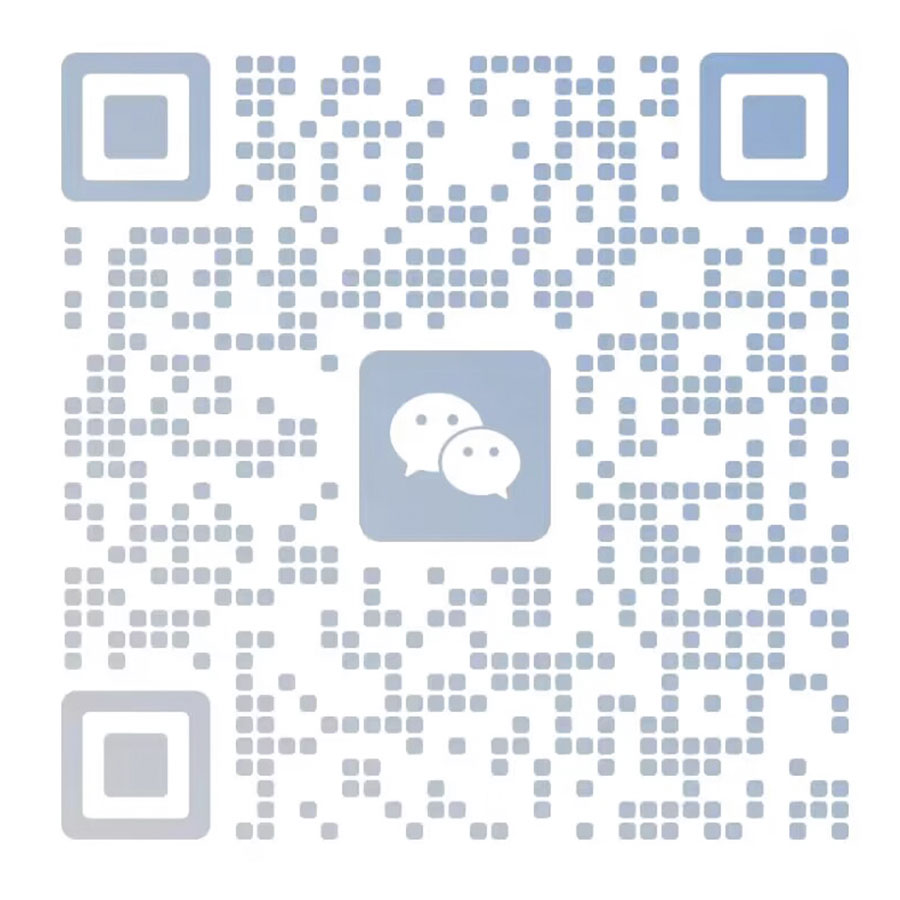High brightness touch screen monitors can play a vital role in the development and operation of smart cities by providing interactive interfaces for citizens, city officials, and visitors to access information, services, and applications. Here's how they can be integrated into smart city initiatives:
Information Kiosks: High brightness touch screen monitors can be installed at strategic locations throughout the city, such as transportation hubs, public parks, and tourist attractions, to serve as information kiosks. Citizens and visitors can use these kiosks to access maps, directions, event schedules, weather updates, and other relevant information about the city.
Public Transportation Systems: Touch screen monitors can be integrated into public transportation systems, including bus stops, train stations, and subway platforms, to provide real-time arrival and departure information, route maps, fare details, and service alerts. This enhances the convenience and efficiency of public transit for commuters and travelers.
Interactive Wayfinding Systems: High brightness touch screen monitors can be deployed in urban areas to serve as interactive wayfinding systems, helping pedestrians navigate the city more easily. Users can input their destination and receive step-by-step directions, points of interest, and information about nearby amenities such as restaurants, shops, and public restrooms.
Digital Signage and Advertising: Touchscreen monitors can be used for digital signage and advertising purposes in high-traffic areas such as shopping districts, entertainment venues, and commercial centers. Businesses and advertisers can display dynamic content, promotions, and interactive advertisements to engage with consumers and drive foot traffic.
Emergency Alert Systems: High-brightness touchscreen monitors can be part of emergency alert systems deployed across the city to provide timely warnings and instructions during emergencies such as natural disasters, severe weather events, or security threats. Citizens can receive critical information and guidance to stay safe and informed.
Smart Parking Solutions: Touchscreen monitors can be integrated into smart parking solutions to help drivers find available parking spaces more efficiently. Users can access real-time parking availability, rates, and reservation options through the touch screen interface, reducing traffic congestion and emissions associated with circling for parking.
Community Engagement and Feedback: High brightness touch screen monitors can facilitate community engagement and feedback mechanisms by allowing citizens to provide input, report issues, and participate in surveys or polls related to city services, infrastructure projects, and policy decisions. This promotes transparency, accountability, and inclusivity in municipal governance.
Environmental Monitoring and Education: Touch screen monitors can display environmental data and educational content related to air quality, pollution levels, energy consumption, and sustainability initiatives in the city. Citizens can learn about environmental issues and initiatives and take action to support eco-friendly behaviors and policies.
In summary, high brightness touch screen monitors serve as versatile tools for enhancing communication, navigation, safety, and engagement in smart cities, contributing to a more connected, efficient, and livable urban environment for residents, visitors, and businesses alike.








